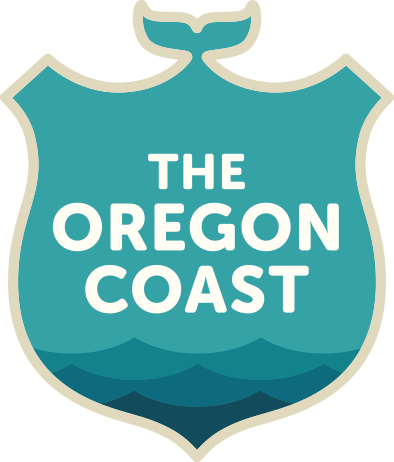Local seafood good for the heart, mind and conscience
TILLAMOOK – Local seafood doesn’t just taste better; it’s also better for our health.
Many on the Oregon Coast choose to consume locally sourced seafood products because of the freshness and quality, in addition to supporting friends and neighbors in the communities where the seafood industry is a pillar. It’s commonly known that seafood in general is good for the heart and mind, but locally sourced seafood carries even more significant benefits for public health. Supporting our local friends and neighbors in the fishing community also feels good.
A recent study by the Oregon Coast Visitors Association -- “Oregon Coast Synthesized Seafood Distribution Chain Model Project” by Hans Radtke and Shannon Davis -- found that 90 percent of the seafood consumed on the Oregon Coast is not sourced locally. A study by the Berkeley School of Public Health found that around 85 percent of all seafood consumed by Americans is imported from foreign countries. In response, OCVA has launched the Ocean Cluster Initiative to help combat that trend. The initiative aims to help the Oregon Coast’s communities capture more economic, public health, humanitarian and environmental value from the local sea fare.
One of the largest determinants of public health is the socioeconomic aspect of a community. A locally based food system in Oregon would support a diverse workforce with living wage job opportunities including harvesters, processors, retailers and diverse support services. The greater economic security a community has, the healthier it tends to be. Seafood also offers numerous health benefits.
“An increase in local seafood consumption would substantially increase local nutrition and living wage jobs, both of which are social determinants of community health,” Oregon Coast Visitors Association Executive Director Marcus Hinz said. “Today, planes are leaving Oregon with our high-quality, third-party certified seafood, while we fly in uninspected, unverified seafood from around the world.”
Fish and other seafoods do wonders for the cardiovascular system and can decrease the risk of heart-related death by roughly 17 percent, according to the Journal of American Medicine, and those with higher levels of omega-3 fatty acids in their blood, which come from seafood, experience lifespans that are extended by more than 2 years.
The “Mediterranean” diet – which according to the New England Journal of Medicine drastically improves heart health – relies on significant fish consumption, along with nuts, olive oil and other foods. In one study, individuals on the diet saw their risk of cardiovascular disease reduced by a whopping 30 percent.
It’s also good for the mind. The American Psychiatric Association found that regular fish consumers are nearly 20 percent less likely to suffer from depression, likely because of the omega-3 fatty acids prevalent in seafood. And seafood consumption by still growing children can improve intelligence. A scientific review headed by 13 leading dietary professionals found that seafood has profound effects on brain development in infant and adolescent children. And mothers who eat seafood during pregnancy increase the IQ of their children by an average of 7.7 points. In some cases, the gain reached 9.5 points.
While the health benefits of seafood in general are undeniable, it’s even more crucial that the bounty on the plate is locally sourced. Imported seafood poses a significant threat to the American seafood industry, while in many cases perpetuating environmental, health and human rights violations.
Most imports are farm-raised. While that’s not always bad, many other countries have lower standards of health for their fish and some use drugs that are banned in the United States. The Berkeley School of Public Health also found that most of the seafood brought into the country is not supervised by the United States Food and Drug Administration. So seafood contaminated by drugs and bacteria can slip past federal regulators and into our kitchens, ultimately landing on our plates.
Of the 17.6 million tons of seafood imported to the United States, only about 1 percent is inspected by the FDA, and just 0.1 percent is tested for banned drug residues. Between 2011 and 2018, 95 percent of imported seafood products flagged for food safety violations were not tested by the FDA.
“Food is a primary component of nearly every social determinant of health,” OCVA Deputy Director Arica Sears said. “Eating local seafood brings food security to rural communities, builds community resilience, reconnects communities to the high quality of food just off our coast and ensures higher levels of food safety. It also improves food security, as our local seafood bounty then stays here as a healthy food source for coastal people. Buying local also is a way to fight climate change and human rights injustices, as well as eat healthier, with our very own pocketbooks right here in our own communities.”
For more information, those interested can go online to https://www.oregonseafare.com/public-health.
